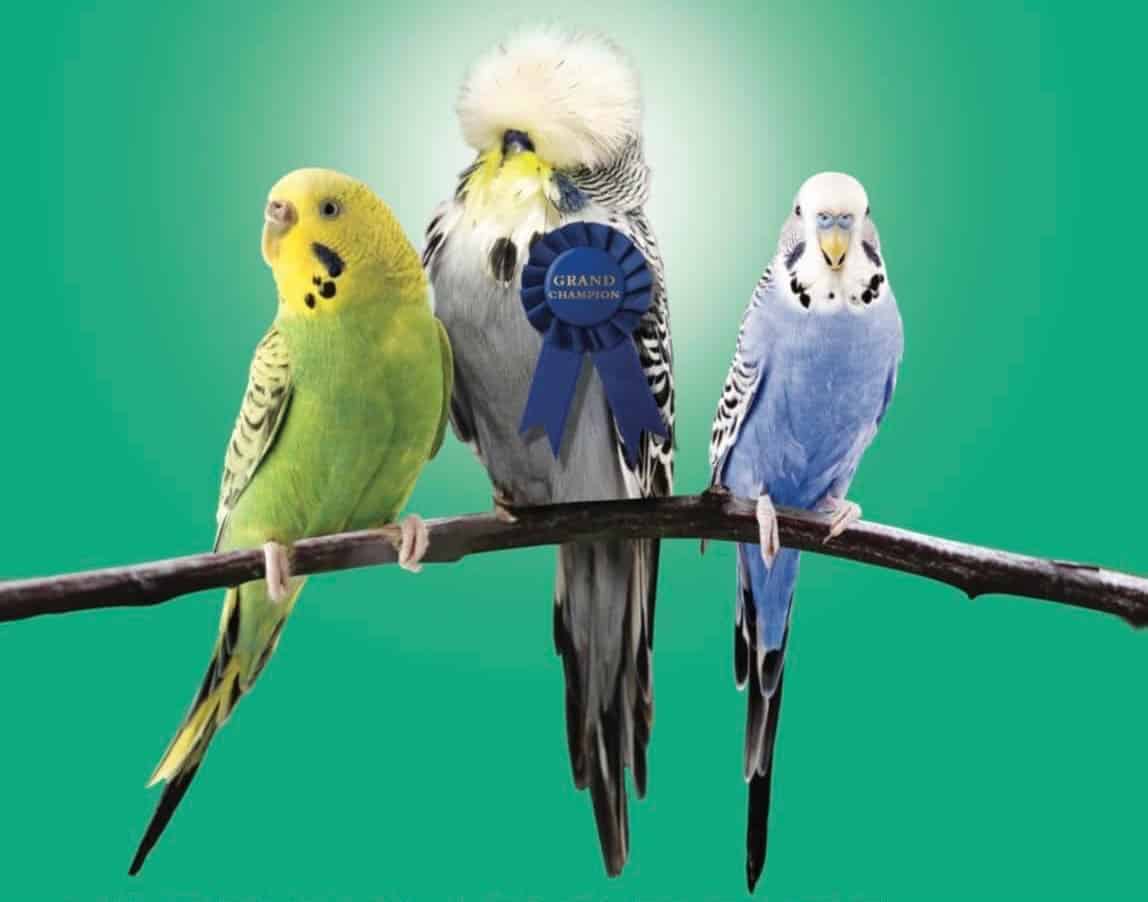Welcome to the Budgerigar Council of South Australia’s guide to pet budgies, also known as budgerigars or parakeets. These tiny, playful birds have a huge space in the heart of pet owners across the globe. The budgie is an adorable bird with a reputation for being lovable, smart and friendly. It is a close second to the popular cat and dog.

Before bringing this adorable creature into your home it’s crucial to be aware of their needs and personality. This guide will equip you with the necessary information that you require to ensure the best possible health and happiness for both you and your pet.
A social butterfly inside an extremely small body
Budgies are incredibly social animals that thrive in companionship. In the wild they live in large groups, constantly communicating with each other and playing. A single budgie may bond with its owner, especially when they receive lots of attention. However they must always have a companion. If you aren’t able to manage two birds, be prepared to spend a lot of time with your pet to avoid loneliness.
Chatterboxes with designed to be a Flair to imitate
The ability of a pet to imitate sounds makes them very endearing. Budgies are able to master phrases and words with perseverance and practice. This is a great level of enjoyment to the chirps, whistles and squeaks that they create. It is possible that their vocabulary could vary. Some budgies can become true chatterboxes and others will prefer simple whistles. However, regardless of their ability to talk, their playful vocalizations are sure to bring smiles to your face.
Rainbow on Wings
Budgies come with a range of shades. From the classic blend of light blue and yellow to vivid shades of green, violet, and white. Breeders throughout the years have made a number of changes. It is likely to be possible to find a bird that fits your personality. Color variation can be a sign of age and sex in birds and are therefore excellent conversation starters.
How to live large within a limited space
Although budgies aren’t big birds, they still require ample space to fly, climb and explore. The minimum cage should be 20 inches in length by 12 inches in depth and 18 inches high. It’s better to go bigger! Perches in varying heights, textures and sizes can keep your bird interested. Additionally, rotate toys often to avoid boredom. The cage shouldn’t be set in direct sunlight.
A Budgie-Approved diet
A healthy budgie bird diet consists primarily of a high-quality pelleted food formulated for small parrots. It provides them with essential nutrients they need to live a healthy life. Add to their pellet diet fresh fruits and veggies like chopped leaves, arugula, and apples (be sure to get rid of the seeds). Cuttlebone keeps their beaks trimmed and provide essential minerals. Always ensure that they are able to access clean, fresh water.
Forming a bond with your feathered friend
To tame your budgie You will require patience and a gentle touch. Start by slowly approaching the cage, and then speaking softly to your bird. To build trust, give treats like millet spray to your bird through the bars of the cage. Once your pet feels at ease with your presence, you may attempt to enter the cage and let them perch on your fingers. The process could take several days or even weeks, so do not be overly excessively.
A Lifelong Dedication
If they are properly taken care of they can last from up to 12 years. Before welcoming one into your home, consider your lifestyle and the commitment you will make to them over time. Are you able to offer daily interaction with your pet, a stimulating and enjoyable environment and an environment that is clean? If you can it, then a pet budgie could be an addition to your life by entertaining chatter and antics.
The Budgerigar Council of South Australia promotes responsible pet ownership. Consult an avian vet for assistance if you have any questions or concerns regarding the care and maintenance of your pet’s feathers.
